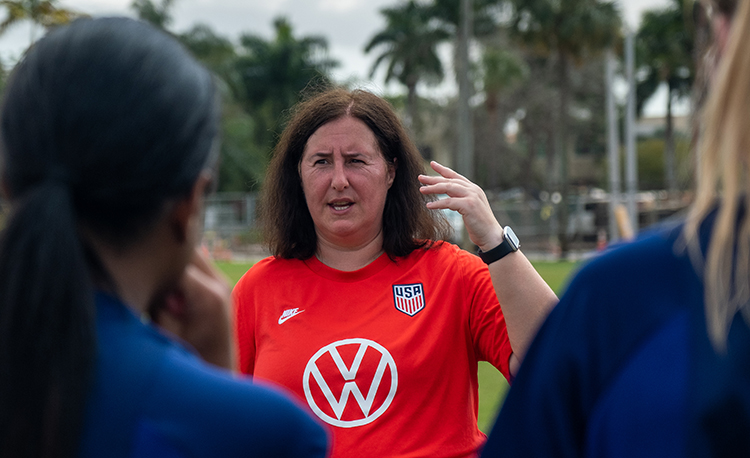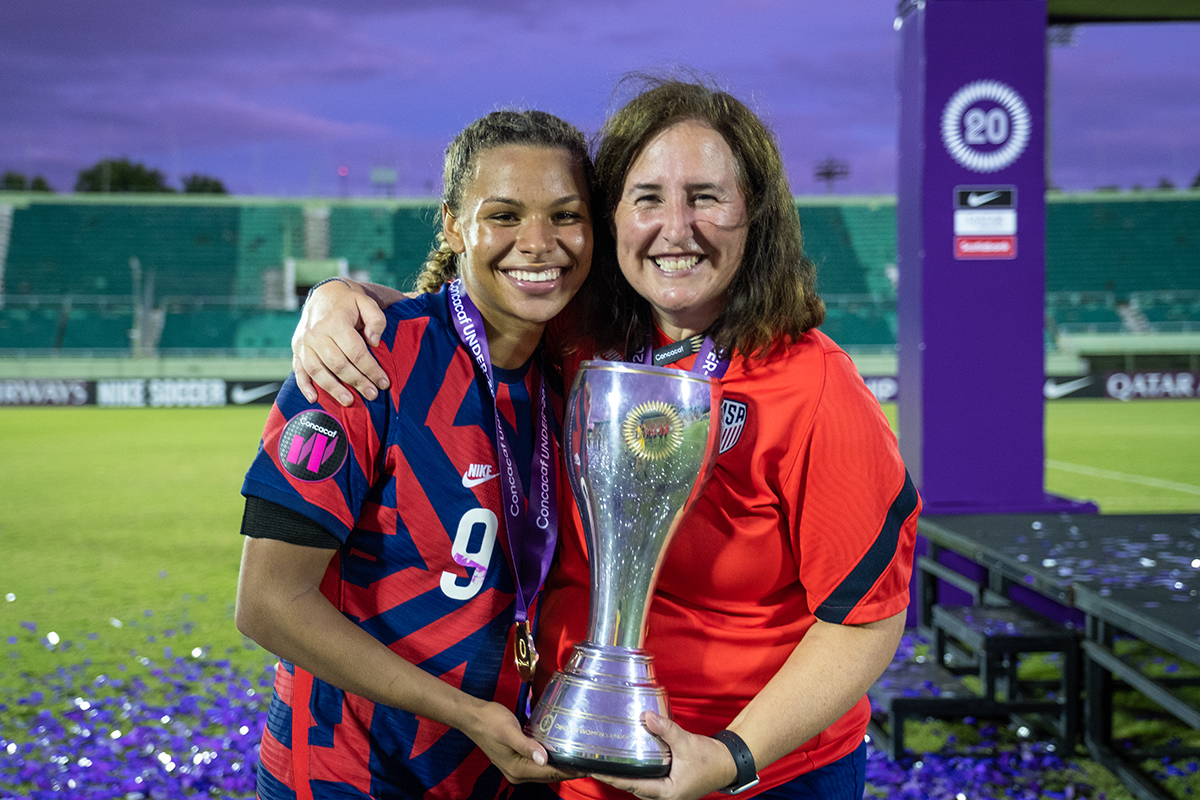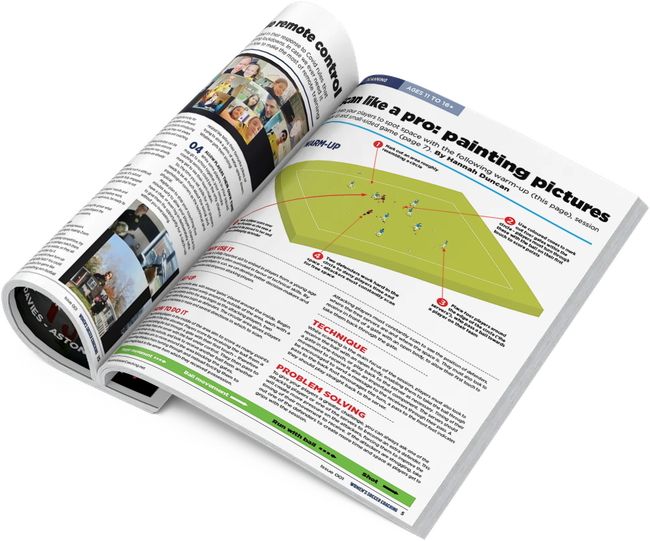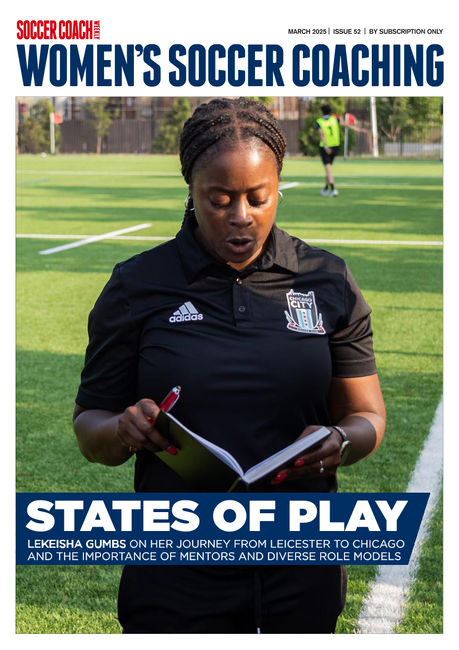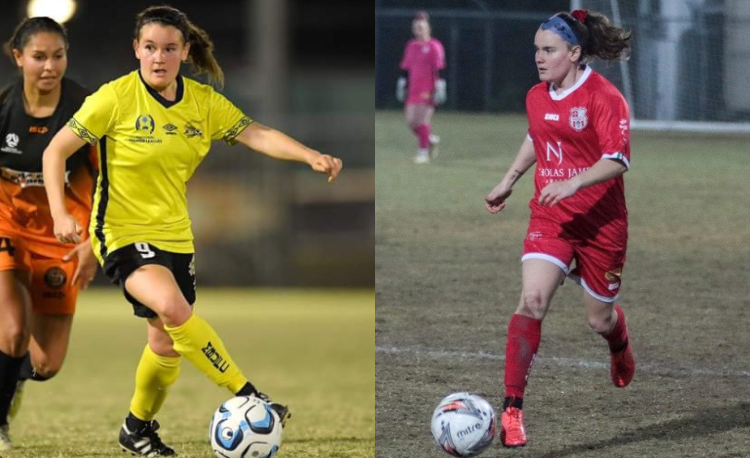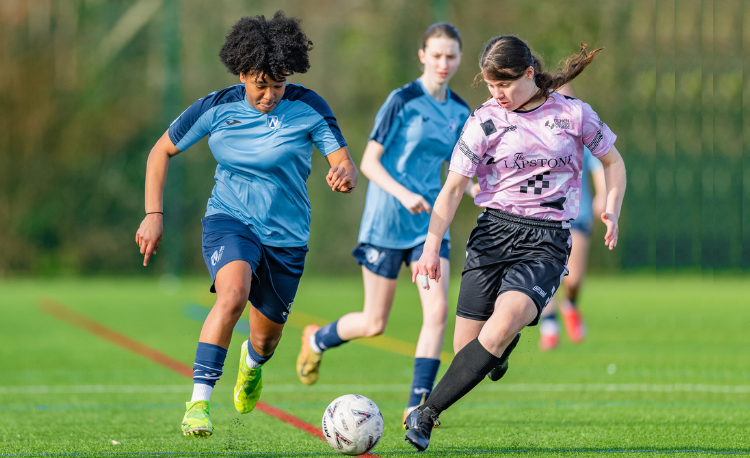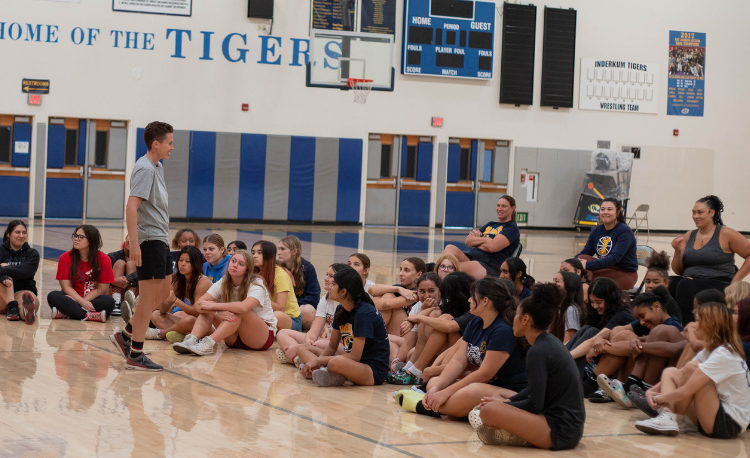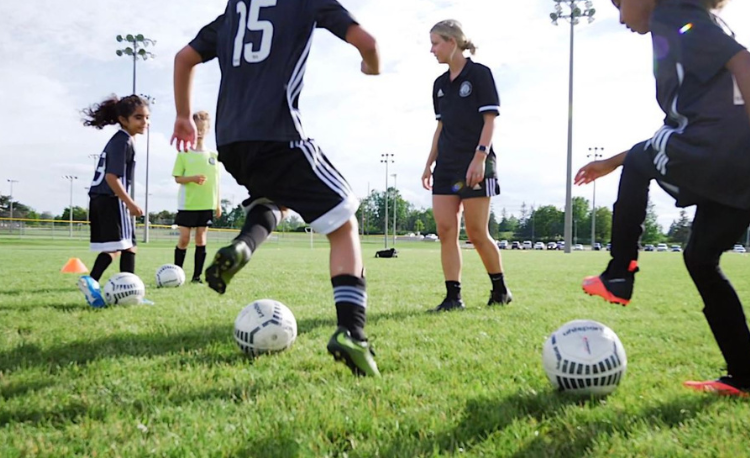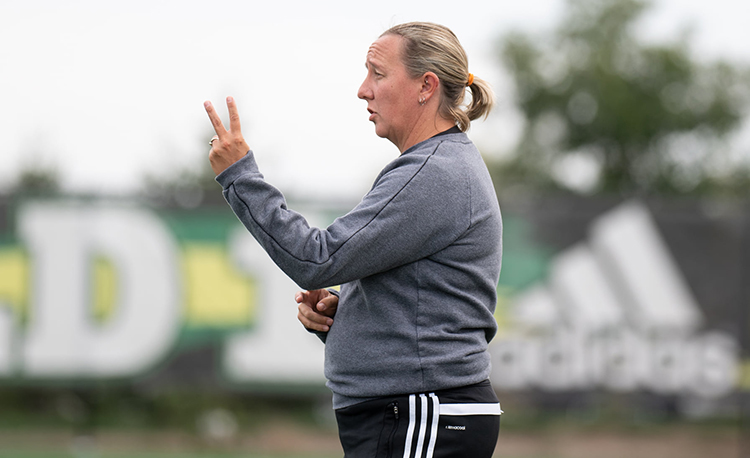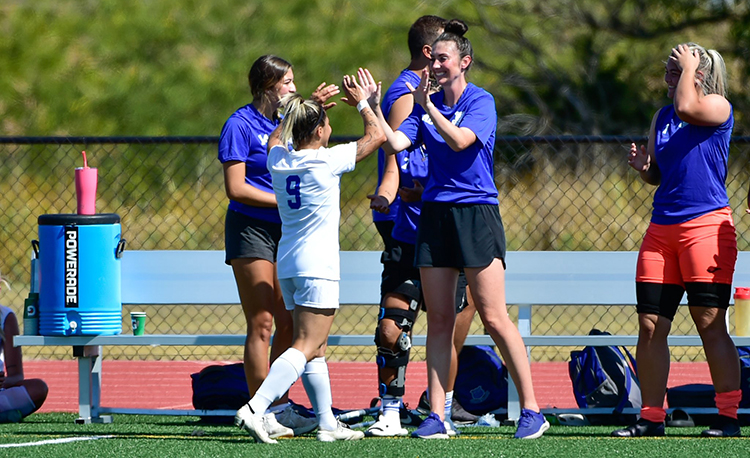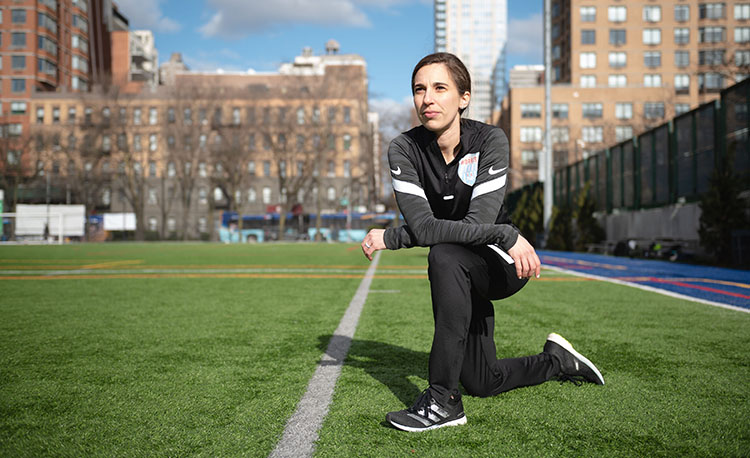You are viewing
1 of your 3 free articles
Shaping futures
As she prepares for a World Cup campaign, USA U20s Women’s National Team head coach TRACEY KEVINS discusses her philosophy on youth development and her team’s recent dominance with STEPH FAIRBAIRN
Reflecting on how the female game has changed over the course of her coaching career is no mean feat for Tracey Kevins.
During her near 20-year career in soccer, it has, she says, developed immeasurably into something that would have seemed “too far a reach for the female game” when she started out.
“There’s been an awful lot of change,” Kevins explains. “Just the sheer participation rate we now get of female players.
“I can remember back in the early days, where it was oftentimes a struggle to field a team. Now, there’s multiple teams at each age group.
“On an international level, more investment has really been the biggest thing. In the early days at the Football Association, I was hugely grateful for the opportunity that [then England Women’s head coach] Hope [Powell] gave me, and the opportunity to work with Mo Marley for so many years. But we were very much working on limited resources.”
Kevins was at the FA between 2005 and 2012, operating as a coach across the U15s, U17s, U19s and U23s age groups.
She began working in the US in 2013, first as head coach with LA Strikers FC, then as technical director of LA Blues Soccer Club and Seattle Reign FC.
Since 2017, Kevins has been with the US Soccer Federation, starting out as the women’s U17s national team head coach, before stepping up to the U20s role.
Alongside the changes in participation and investment previously mentioned, Kevins has also witnessed huge changes in the concept of the player itself. Something which, she says, will only continue to develop.
"In developing young players, you try to predict what the future looks like..."
“When you’re developing young players, you’re trying to predict what the future game looks like,” she said.
“The women’s game is getting faster and faster, so we spend the majority of our time on game understanding or decision making.
“Even at a fundamental level, each practice we do has to involve some form of decision making, and some form of task where the player is placed in a situation where they’ve got to work out their next move.
“It might be that the player is put into environments where they’re playing against boys, where the speed of play is even faster. Or they might be put in situations where they’re playing up against older age groups.
“If your decision making is going to have to be quick, your technical execution has to be that much higher. It never really moves away from the fundamentals.
“That dial is just going to keep getting turned and the women’s game is just going to keep getting faster and faster.”
Part of it is about showing players the speed and levels that are possible, and how big the jump to senior level actually is.
Kevins describes a time two years ago when she took her U20s to sit on the sidelines and watch the US senior team train.
“My players’ eyes were just huge,” she said. “The speed of play they were at, [and] the intensity that they go into tackles.

“Everything our seniors do is drip-fed through all of our age groups. We have the same style of play. We have the same position profiles.
“Our junior principles are versions of senior team ones, so it allows us to prepare a player for those opportunities to be a senior player, and, in turn, we can benchmark and compare the player.”
Drip-feeding ethos and style of play through the age groups is something Kevins also witnessed at Seattle Reign. While there, head coach Laura Harvey tasked her with setting up the academy.
“We wanted players to feel connected to the first team,” she said. “So I spent a lot of time with Laura, knew her principles of play, her style of play, what she wanted to do. It was about taking the bitesized pieces of it, and how that would apply to a youth team, all the way down to the new under 10s.
“For example, Laura plays with a 4-3-3. That’s great for the U19s because they’re 11v11, but what does that look like at 9v9? Well, we think it’s fundamentally important that they learn to build out as two centre backs or a back four, so we would teach those fundamentals.
“We would always try and strip it right back to its youngest element and apply it to that age group.
“For example, what’s the profile of a Seattle Reign player? The wide player was Megan Rapinoe. She’s a 1v1 artist, so we made sure at our very youngest age groups there was an emphasis on wide players being encouraged to take on players in 1v1 situations.
“Then they start to join the dots and there’s a learning line that is created between their age group and the pro team. They’re still a million miles away from that level, but there’s still a process they can go through.”
Now, in her position with the USWNT, Kevins spends a lot of time liaising with those in roles like the one she used to occupy at Seattle Reign.
“I always say that I borrow the players,” she said. “That’s the role of an international coach and I totally understand my place in the landscape.
“What a player does in her home environment is everything. It’s always collaborative. It’s about going into those conversations asking them to tell me about the player.
"I always say that I borrow the players. That’s the role of an international coach..."
“How she is in her everyday environment. How does she train? What are her behaviours like? What are her habits like? Has she already started to adopt some professional behaviours, attitudes or mentalities towards the game?
“In turn, what are the key things that you’re working on with her? How can we support that? How can we align with that?
“You may play a different formation [to her club team], you may even play a different style of play, but there’s still going to be some fundamentals about finding space, receiving skills and their ability to understand how to manage the game.”
Videos are a key part of the collaborative relationship between player and coach. Players are given access to a platform which allows them to tag moments in games to make small playlists. These playlists must contain what Kevins calls ‘super strengths’.
“We spend so much time talking about areas to work on - weaknesses and areas of development,” she explains.
“Ultimately, the separator for young players making it to the highest level is one or two things that separate them from everybody else.
“Whether that’s their 1v1 skills, finishing around the box, defending 1v1, whatever it may be, they have a super strength, and it’s about reminding them of that. I think females can be pretty hard on themselves post game, but video doesn’t lie.”
The videos compiled by the players are then compared with those pulled together by the coaches so they can work together on a development plan.
That’s when the college coach comes in. The development plan and video clips are shared with them, and discussions take place around how players can also be supported in their club environments.
“We jump on a call and we ask, out of these elements, which ones do you think you could be in a position to support during different times of the year?
“It’s about working with the college. We need that buy in, because ultimately for tournaments we’re taking the player out of their institution for three or four weeks.
“We want colleges to be able to trust that we’re working on things that are also going to be helpful for them as well.”
Country and college are key parts of what she calls the holistic picture of a player’s development. Other parts can be the individual trainer a player might work with, parents, and any other outside influences that can have an influence on the player.
And the most important person who can contribute to a player’s success? The player herself.
“Ultimately it’s up to the player to decide to stay longer at training, or to get to training earlier,” Kevins said.
“Even when I’ve had very young teams at a club, I would always ask: are they in love with the game? Do they watch the game? Are they obsessed with the game?
“Because then what they’re actually doing is picking up tactical cues along the way, where they’re mimicking and watching senior players pick up positions. They don’t even realise they’re doing it. But we can already start to layer those pieces in.”
The true difference between the modern player, and those Tracey coached when starting out two decades ago, is they know what they can aim for.
“This group I’ve had at US Soccer for the last few years is the first I genuinely felt grew up knowing there was a women’s league they could go to play in.
“Now, an eight-year-old girl can watch games on TV and say, ‘I want to do that as a full-time job when I’m older’. That’s massive.”
It’s our duty then, as coaches, to make sure we put all the pieces in place to allow players to make that dream a reality, and equip them for what the game looks like, both now and in the future.
After all, as Tracey says, that dial is just going to keep turning.
Related Files
Tracey on concacaf glory and the upcoming U20s World Cup
“Seven wins, 49 goals scored, zero against - the players made it look easy [at the Concacaf Women’s U20 Championship].
“But it was an incredibly hard, gruelling tournament. You’re on the road for 27 days. For them, it was the longest time they’d been away.
“During that time, with young players, there’s different emotions: ‘I’m playing’, ‘I’m not playing’, ‘I’m starting’, ‘I’m not finishing the game’, ‘I’m scoring’, ‘I’m not scoring’, ‘I’m missing passes’, ‘I’m completing my passes’. There’s this little mini rollercoaster that each of them are on.
“The players were magnificent, and had to deal with adversity. We lost a couple of key players to injury. Each player understood their role, played their role and really represented the US. We want to be relentless in what we do. That’s the hallmark of our women’s team.
“Now, for the U20s World Cup [in August]. We’ve set ourselves up for some really high-level games [as tune-ups]. There are some big plans. The USSF has been hugely supportive in making sure we’re able to test this group.
“It’s a lot of planning, but it’s a lot of excitement as well.”
Tracey’s three fundamentals for sessions which prepare younger players for the demands of the future game
Decision making: “I may do a 15-minute technical-based warm-up, with no decision-making, where I’m just getting the player acclimatised. But after that, am I spending another 15 minutes, on a passing practice which is A to B to C? If so, I’ve lost 30 minutes when I might only get the players twice a week for 60-90 minutes. How much of that time is really spent on decision making?”
Ball rolling time: “As coaches, we love to talk. But how much ball rolling time is in your session? I always encourage coaches to bring along an assistant or volunteer to record you, whether that’s with a mobile phone, or a notepad and pen, and tally how many times you are stopping it.”
Players’ views: “The player’s view is huge in everything. Every time I step in, I know why I want to stop it, but I ask them: what do you think? Bear in mind, I might be off the side of the field or behind the play; they’re in it. What are they seeing? Even at the youngest age group, giving the players a voice is really important.”
Newsletter Sign Up
Newsletter Sign Up
Discover the simple way to become a more effective, more successful soccer coach
In a recent survey 89% of subscribers said Women's Soccer Coaching makes them more confident, 91% said Women's Soccer Coaching makes them a more effective coach and 93% said Women's Soccer Coaching makes them more inspired.
*includes 3 coaching manuals
Get Inspired
All the latest techniques and approaches
Women's Soccer Coaching offers proven and easy to use soccer drills, coaching sessions, practice plans, small-sided games, warm-ups, training tips and advice.
We've been at the cutting edge of soccer coaching since we launched Soccer Coach Weekly in 2007, creating resources for the grassroots youth coach, following best practice from around the world and insights from the professional game.
